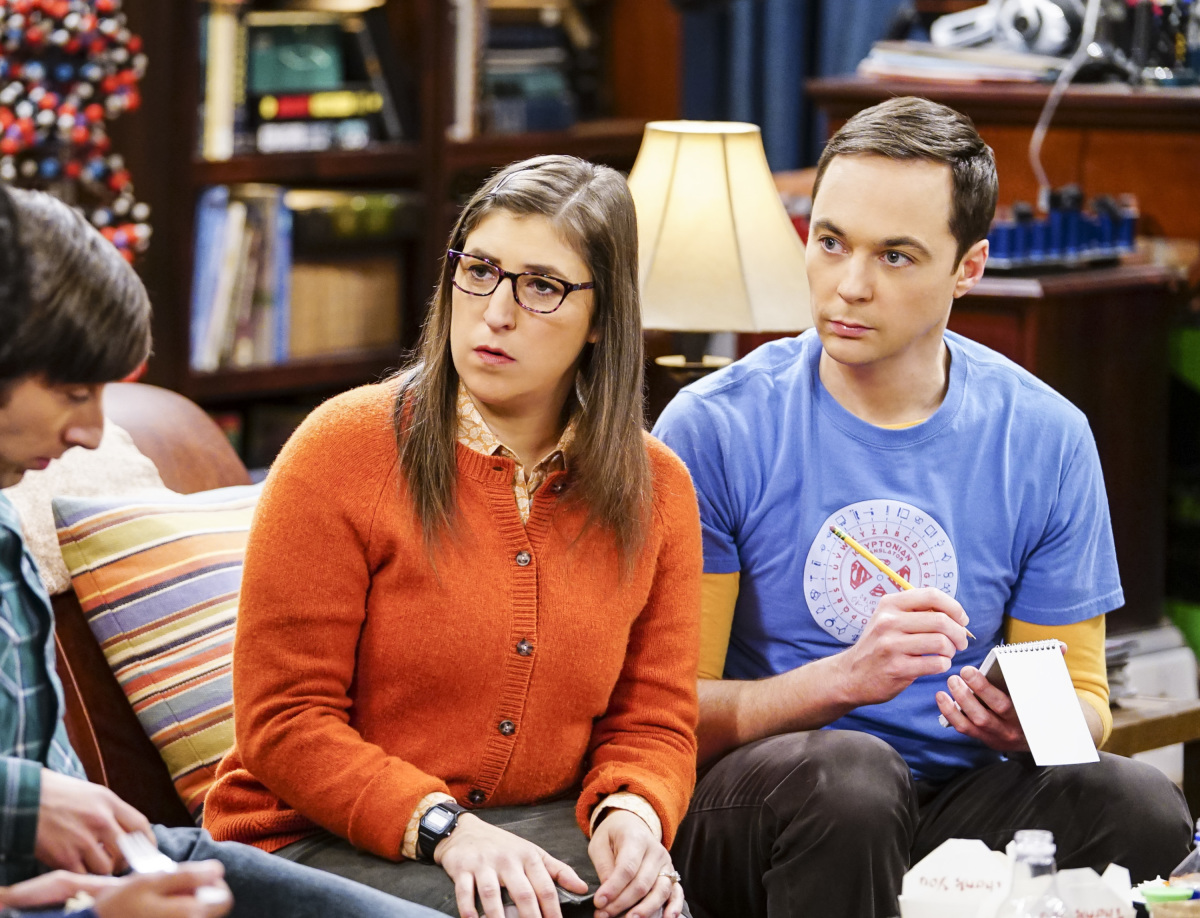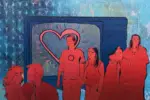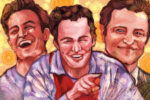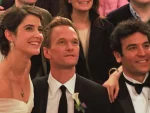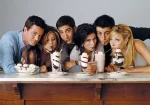Earlier this month, the massively popular sitcom “The Big Bang Theory” aired its final episode. The finale dominated the week’s TV ratings, despite serious competition from the highly anticipated conclusion of fellow heavyweight “Game of Thrones.” The comedy, which follows the lives of four highly gifted but socially impaired scientists, helped bring nerdiness to the mainstream, and flourished in an era of blockbuster superhero movies and professional video game playing.
The show completed its 12-year run, and joined a select company of sitcoms — “I Love Lucy,” “Seinfeld” and “Friends” — whose characters and catchphrases permeated the cultural consciousness of their generations. But what now? Surveying the landscape of television today, it’s apparent that there are few shows primed to fill the shoes of “The Big Bang Theory.” Is the era of the traditional sitcom over?
The term sitcom is an abbreviation for situational comedy, which refers to a show about a consistent set of characters at work, at home or engaged in some other part of life one could call a situation. Obviously, this is an incredibly broad category, and encompasses everything from “It’s Always Sunny in Philadelphia” to “Leave It to Beaver.”
For decades the majority of sitcoms shared in a number of more specific features. They either filmed these shows in front of a live studio audience or included a laugh track. Shot on sound stages, the characters live in a world without 360 degrees of space (did you ever wonder what the other wall of Seinfeld’s apartment looks like?). Their plot lines are neat and tidy, always finding a resolution within half an hour.
In 1990, eight of the 10 highest-rated television shows were sitcoms of this style, a statistic that reflects the success the form enjoyed for decades. However, by the time “The Big Bang Theory” began in 2007, these numbers had dwindled. Programs like “How I Met Your Mother” and “Two and a Half Men” continued drawing substantial audiences, but by the time “The Big Bang Theory” entered its final season in 2018, these shows had ended, not to be replaced.
https://www.instagram.com/p/Bxlkg9-n2ra/
The popularity of the traditional sitcom has long been in decline, but with the conclusion of “The Big Bang Theory,” it appears to be on its last legs. The genre’s falling out of style might be one sign of the transforming tastes of many television audiences. It’s a change Dan Nosowitz described in an article on the disappearance of the joke-based comedy.
Nosowitz explained that the shows currently receiving acclaim and a wide viewership are not true comedies at all, but rather moody character dramas in which funny things sometimes happen. Shows like “Bojack Horseman” and “Master of None” are intended to make audiences think and feel as much as laugh.
As comedies become a fashionable context in which to tell serious stories, shows that prioritize punchlines can begin to seem underdeveloped and unsophisticated. This perception poses a challenge to all light, joke-centric situational comedy, but can seem like a death sentence for traditional sitcoms.
If the most relevant comedies of today are offering stories meant to mirror real life, then there is little room left for shows in which actors take exaggerated pauses after their laugh lines, and everyone sits on the same side of the room. The artificiality and conventionality of a show like “The Big Bang Theory” has begun to clash with prevailing sensibilities about what television can be as a medium.
This is the era of peak TV, a term coined by FX Networks’ CEO John Landgraf, to describe the superabundance of quality television available to viewers. Landgraf views this proliferation as a problem, because no one has the time to watch even a fraction of these shows, but many have grabbed onto the term as shorthand for the explosion in creativity and diversity being channeled through television.
This surge in content has been fueled by the rise of streaming platforms prepared to pour mind-boggling amounts of money into original programs. In this year alone, Netflix is projected to spend $15 billion on its own content, and a healthy percentage of this is flowing into new and returning TV shows.
The small screen has become a place to tell stories about people from every walk of life, and engage in wild formal and technical experimentation. An inevitable byproduct of this change is the rejection of previously popular forms, especially forms so contrary to the general vision shared by many contributing to peak TV. Given the circumstances, it seems nearly impossible for something as familiar as the old school sitcom to remain relevant.
The innovation taking place in television today is something to celebrate. TV has long been one of the most ubiquitous and accessible forms of storytelling, meaning the medium has an unrivaled foothold in many American households. It’s wonderful that some of the most popular stories being told are attempting to do something other than recreate familiar formulas tailored for maximum entertainment.
It’s a shame if appreciating the creative ambition of many comedies today means the total banishment of traditional sitcoms. Yes, shows like “The Big Bang Theory” can be clunky at times, but in a way this quality is their greatest virtue. No style of television better invites the suspension of reality, an experience which viewers still need from time to time. Laughing along with the canned audience at Sheldon’s latest bazinga isn’t a particularly enriching experience, but it can be so cathartic.
Perhaps traditional sitcoms are the natural counterbalance to today’s more brooding dramedies. They fit into the category of what Nosowitz described as drunk, buffalo chicken pizza shows: turned on while people make dinner, when they can’t get to sleep or as something to halfway watch with friends. Maybe it’s shameless escapism, but hasn’t that always been a fundamental quality of TV? If “The Big Bang Theory” really is the last of a dying breed, it’s perhaps some cause for mourning. At least there are always reruns.


